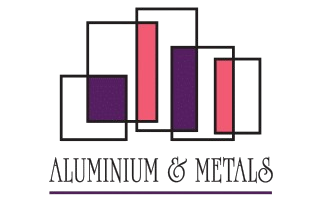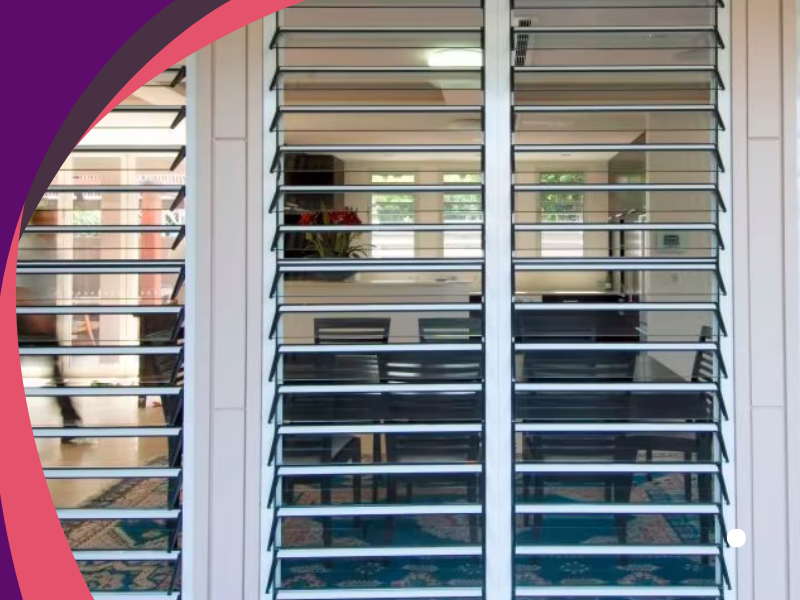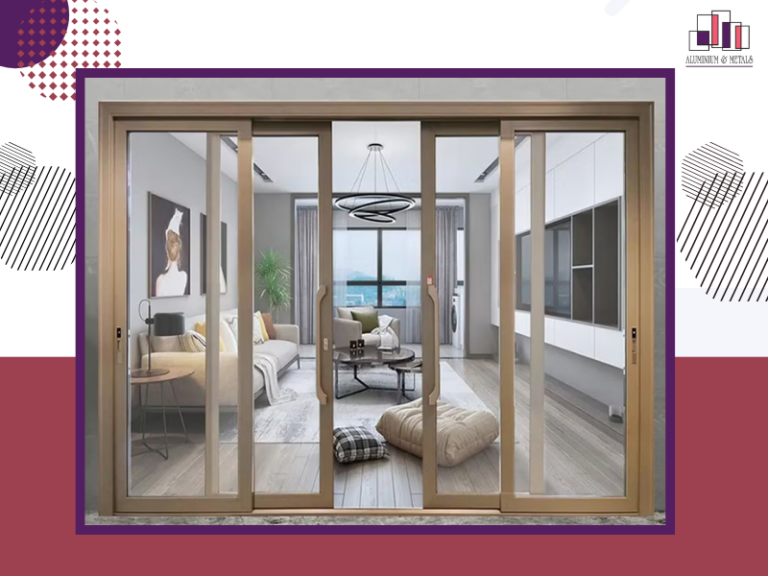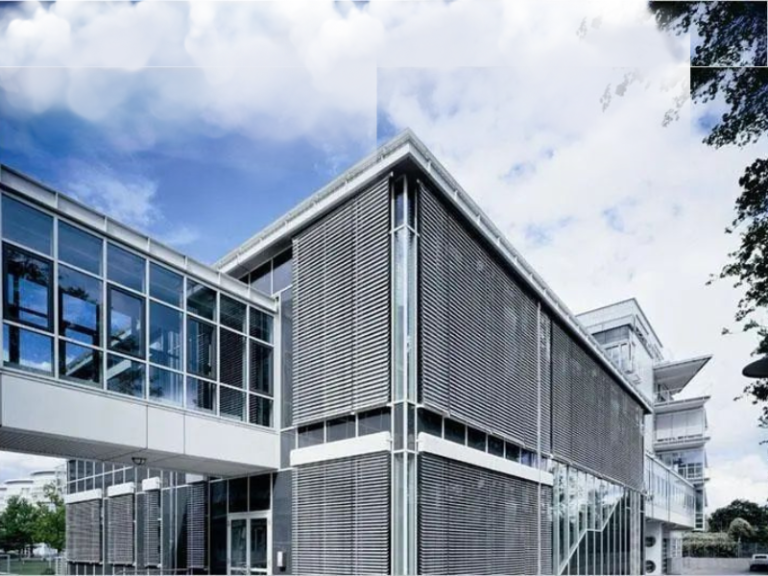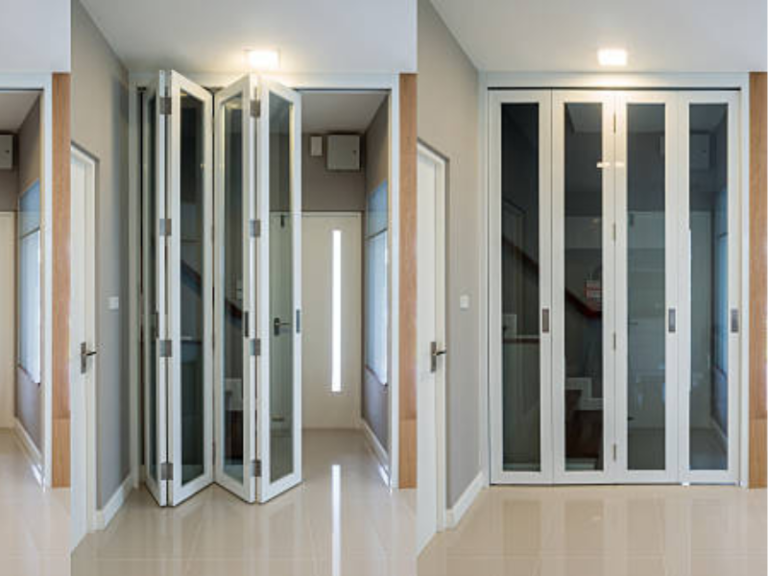Aluminum Louvers for Climate Control—A First Line of Defence
Is the monsoon about to hit your area? Then, it’s time to install aluminum louvers for climate control. They act as the first defense against adverse weather conditions and prevent water from entering the building. As an architect, you must be familiar with the types of louvers.
However, three aluminium louvers have a weather-resistance louvers system—rain louvers, hurricane louvers, and storm louvers. Architecture uses them as an important component of residential and commercial projects to safeguard the building.
This article discusses aluminium louvers for climate control, their types, and how this weather-resistant louver system helps the architect in their projects. We also guide you on how Aluminium and Metals help you.
So stay with us and learn more
Aluminum Louvers for Climate Control
Why are you looking for aluminium louvers to enhance ventilation and weather resistance or add a stylish touch to your workspace? Whatever your purpose is, aluminium louvers hope for full fall. However, each louver has different characteristics and features depending on the area where they are used, and today, we specifically focus on aluminium louvers for climate control.
Their high durability, lightweight, and corrosion-resistance properties make them an ultimate choice for all kinds of residential and commercial projects, especially in those areas where there are chances of worst climate changes. Their blades are so strategically designed that they do not allow any element to enter.
Types of Aluminium Louvers for Climate Control
In addition to controlling light, aluminium louvers protect against climate changes—rain, hurricane, and storm. They are used depending on the weather conditions of the area. There are three types of Aluminium louvers for climate control that have the best performance under all kinds of weather conditions.
Rain Louvers for Climate Control
Rain louvers or drainable louvers are strategically installed to expel extra water from the area. Their blades are manufactured in such a way that protects the building from water-related damage. Therefore, they are specially used in humid climates to minimize the chances of mold and mildew. They have the best weather resistance louver system that maintains air quality.
Hurricane Louvers for Climate Control
Hurricane louvers are specially designed and strategically installed to endure projectile infiltration with high-speed wind. Therefore, their primary purpose is to protect against hurricanes. Architecture always ensures hurricane louvers can withstand high-pressure differences and high-speed wind. They consistently choose louvers that meet the AMCA and Miami-Dade Country Building Code criteria.
Storm Louvers for Climate Control
Storm louvers or wind-driven rain louvers are installed under the worst rain conditions with uncontrollable wind. They are designed in such a way that they allow high-volume intake while exhaust ventilation. They also prevent water penetration inside the building; therefore, they are mostly used in coastal areas or areas with maximum chances of wind storms.
Weather-Resistant Louver Systems Criteria
In the modern architectural and industrial system, aluminium louvers have become important. They are designed to shield the large building from light, external elements, and high-speed winds, enhancing overall building efficiency and safety. However, to take maximum advantage of these louvers, ensure they meet the criteria and are correctly installed.
During turbulent climate conditions, using weather-resistance louver systems that meet the Miami-Dade Country Building Code and AMCA 500-L, AMCA 550, and AMCA 540 criteria is essential. These standards ensure they can withstand water penetration, maintain high air performance, and resist high impact.
Weather-Resistant Louver Systems Installation
As louvers become the ultimate part of architectural designs, their proper installation is the key element to maximize their performance and functionality. Whenever you install louvers, ensure they are snuggly fit to the area, their angle is completely aligned with the airflow, and last but not least, they are adequately sealed to prevent any leakage.
Although all three louvers mentioned above require critical installation, there is a chance of mistakes when installing rain louvers; they typically rely on gravity for proper draining and maximum performance. It is essential to consider professional help to avoid wrong blade angles, improper sealing, and misalignment.
How Aluminium and Metals Help
At Aluminium and Metals, we help you choose the right louver by understanding its unique characteristics and functionality. We have multiple design options that are manufactured using the proper strategy so that they can withstand the worst climate conditions. Our designs also meet the AMCA and Miami-Dade Country Building Code criteria, so you can use them without worrying. Our expert team also helps you with easy installation and aftercare. So stop scrolling for more options and choose us now!
Final Words
In a nutshell, aluminium louvers are a vital part of architectural designs for climate control. They protect the buildings from natural disasters, wind-driven debris, and excessive water entering the building. They are made from highly durable material, aluminium or steel, and meet the AMCA and Miami-Dade Country Building Code criteria that make them preferable.
